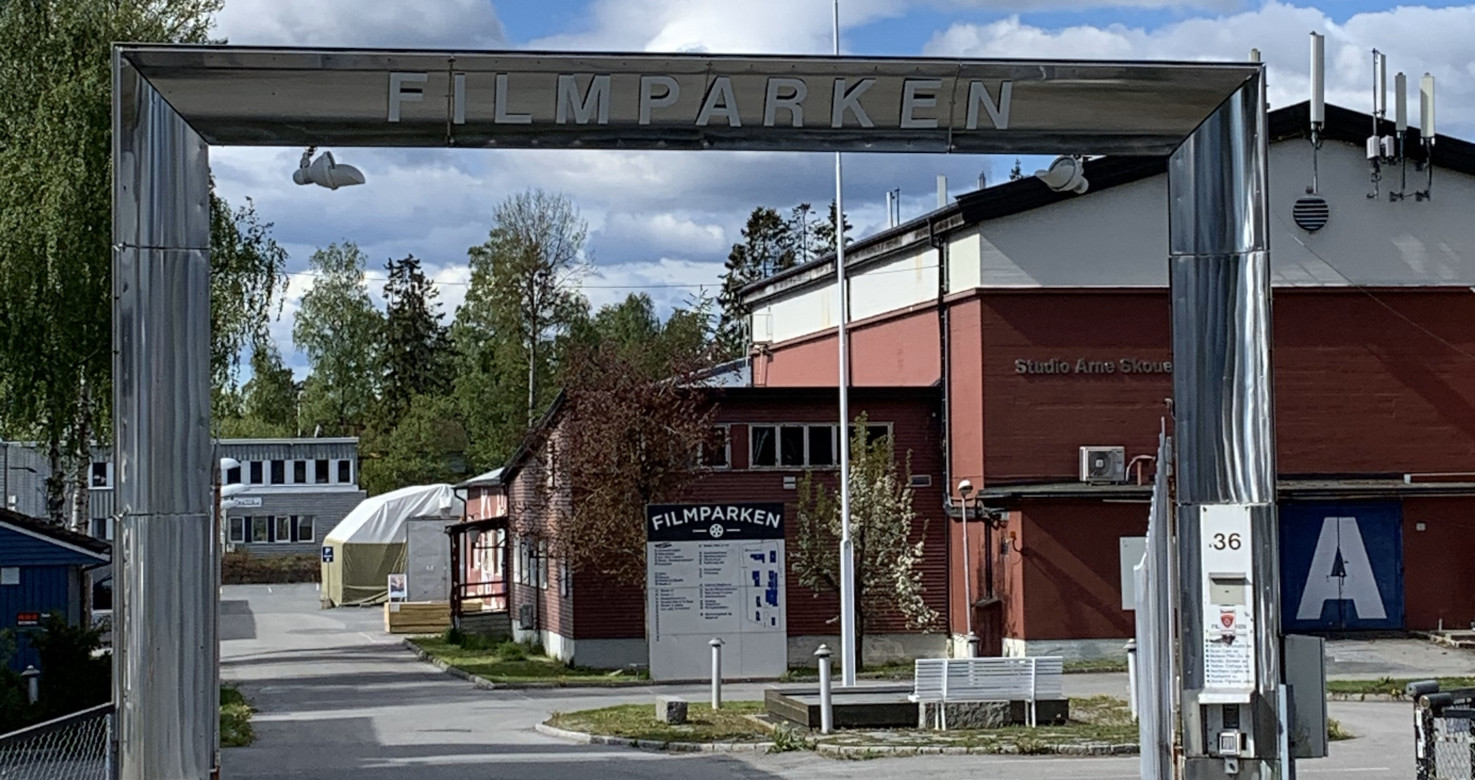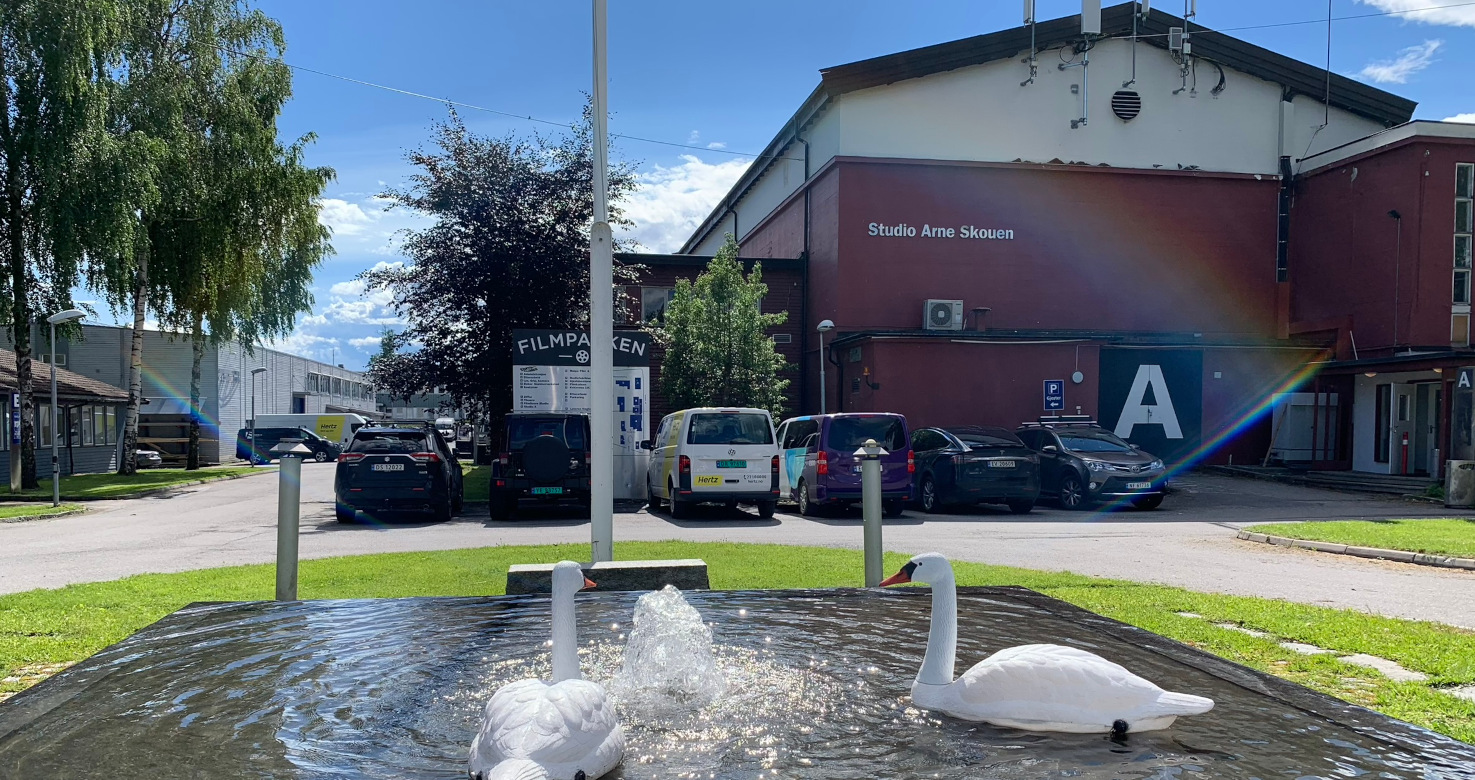Filmparken (Jar, Norway)
Filmparken (Jar, Norway)
Filmparken på Jar, established in 1934, is a historical jewel in the Norwegian film industry. With over 90 years in operation, it has witnessed countless film productions, among them Tancred Ibsen’s TWO LIVING AND ONE DEAD (1937), THE MISSING SAUSAGE MAKER (1941) by Toralf Sandø, Arne Skouen’s STREET URCHINS and Edith Carlmar’s debut DEATH IS A CARESS (both 1949), Henning Carlsen’s HUNGER (1966), and Erik Gustavson’s BLACKOUT (1989).

The film studio at Jar is something unique. It is a municipal-initiated and built studio for sound films (talkies). This is because, in 1913, Norwegian municipalities took over all cinema operations in Norway.
Norsk Film A/S was opened in 1935. The facility was located in a typical suburban area, about 15 km from the centre of Oslo, with forests and ponds as its nearest neighbors. Here, sound films could be recorded. The primitive, private film studios at Bygdøy and other places, which were intended for silent film productions, were no longer usable.
After an economically challenging opening year (only one film was made here in 1935), a 1% ticket fee was introduced, allowing Norsk Film A/S to start their own film production. They created audience hits TWO LIVING AND ONE DEAD (based on Sigurd Christiansen’s novel) and FANT (based on Gabriel Scott’s novel). Tancred Ibsen directed these and the upcoming films GJEST BAARDSEN (with Alfred Maurstad in the title role) and TØRRES SNØRTEVOLD (with Alfred Maurstad and Wenche Foss). They all became major successes. Thus, other producers besides Norsk Film A/S could use the studio facilities at Jar.


